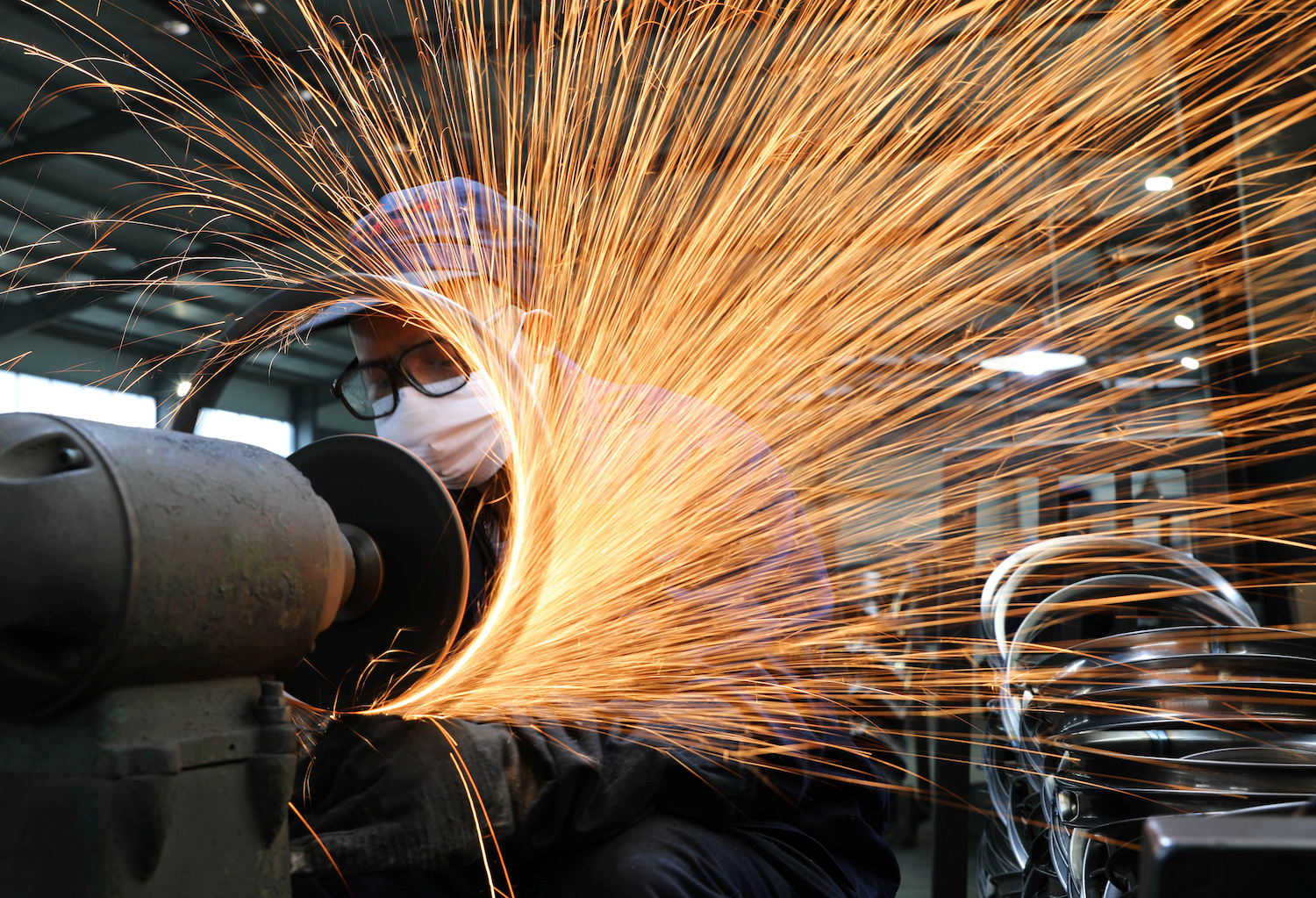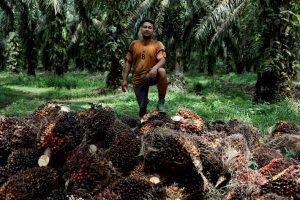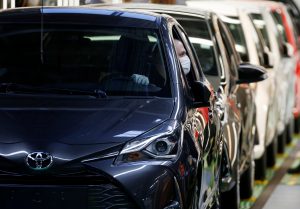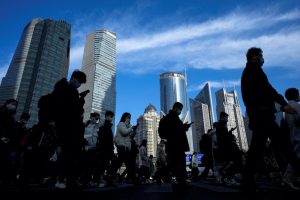(ATF) China’s factory activity in October raced ahead to the fastest pace in nearly a decade riding on soaring domestic buying fuelled by pent-up demand and stimulus driven spending – but a dip in exports and sluggish jobs recovery is clouding the outlook.
The China Caixin/Markit Manufacturing Purchasing Managers’ Index (PMI) rose to 53.6 in October from 53.0 in September, reaching the highest level since January 2011. The reading was above the 50-level which separates growth from contraction, for the sixth consecutive month.
This handily beat expectations and spurred a rally in Asian markets. A poll by Reuters had forecast the headline reading would remain steady at 53.0.
China’s vast industrial sector is steadily returning to the levels seen before the pandemic paralysed huge swathes of the economy early this year, though the global outlook is dimming as many Western countries battle still rising Covid-19 infections and go back into virus lockdowns.
The Caixin survey focuses more on small and export-oriented firms while China’s official survey, which was released on Saturday, largely tracks large companies and state-owned enterprises.
The official gauge showed factory activity expanded at a slightly slower pace in October but it was slightly above analysts’ expectations.
“We expect external demand to remain weak due to the increases in Covid-19 cases in Europe and the US, which are leading to stricter social distancing measures and may affect China’s exports in the coming months,” said Iris Pang, ING Bank’s Chief Economist, Greater China.
She said this will affect not only manufacturing activities in China but also employment in this sector.
Job market weak
The employment subindex stayed in expansionary territory for the second consecutive month, but still came in just marginally above 50 ” the threshold for expansion ” indicating that the job market remained generally weak.
As more workers move from manufacturing to services due to more cross-provincial travel, there could be a limit to how many more staff the service sector can take and if employment remained weak in the manufacturing sector, some labour may be forced to settle for lower paying and lower-skilled jobs, which will result in some productivity loss in the medium term, analysts warned.
“Companies maintained a cautious approach to staff numbers in October amid reports of efforts to contain costs. Consequently, firms raised their staffing levels only slightly,” said Wang Zhe, Senior Economist at Caixin Insight Group.
“Over the past half year, the markedly weak recovery of employment compared with production and demand showed companies were cautious about hiring. Although the market recovered steadily, many enterprises did not add staff in an effort to keep costs under control,” Wang said.
There are concerns a squeeze on manufacturing employment could feed through to the lower-skilled service sector, weighing on wages and reducing the spending power of the large low-income class.
While the Caixin survey showed total new orders surged to the highest level since 2010, the gauge for new export orders fell from the month before, though it remained in expansionary territory.
Factory output also rose slightly from the month before, while a gauge of business confidence rose to a multi-year high.
The pandemic has been largely controlled in the world’s second-largest economy, although a local outbreak emerged recently in the western region of Xinjiang.
Given so many uncertainties, policymakers are seen cautious about normalizing post-coronavirus monetary and fiscal policies.
“While rising domestic consumption can continue to support manufacturing production, uncertainties over overseas Covid-19 infections remains a threat for exports and overall growth,” said Jingyang Chen, HSBC’s Economist, Greater China. “Moreover, the recent weakening momentum in infrastructure investment will also likely dampen the outlook for some industrial sectors. These two points, together with a sluggish recovery in employment, suggest that policy will need to remain accommodative for some time. We believe policy will likely remain accommodative to support a continued jobs and growth recovery amid high external uncertainties.”
Analysts expect China’s economy to grow about 2% in 2020, the weakest since 1976 but still far stronger than other major economies.
























